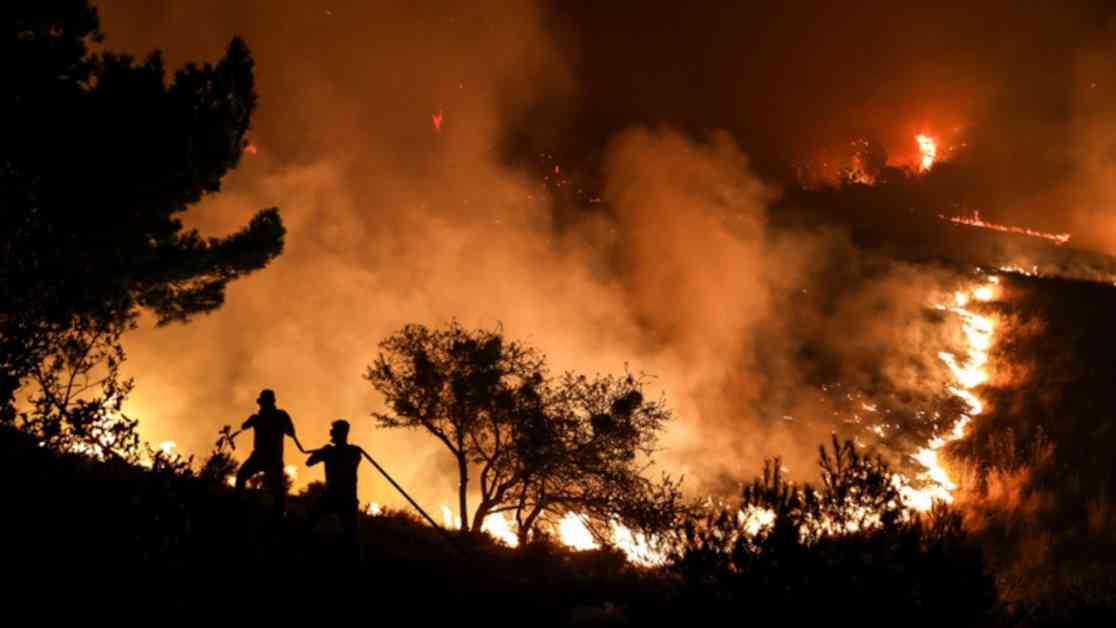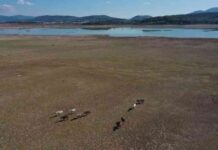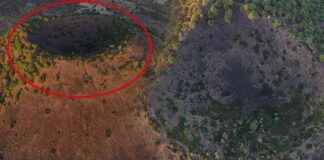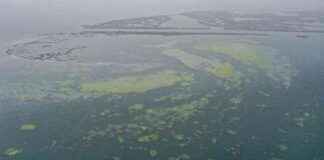According to the World Risk Report Index, the country with the highest disaster risk is the Philippines. Natural disasters such as earthquakes, volcanic eruptions, droughts, frequent hurricanes, and floods have become part of daily life in the Philippines. Most recently, Super Typhoon Yagi caused rivers to overflow and landslides, resulting in at least 14 people drowning in mud and soil. Yagi was the fifth typhoon to hit the Philippines since May.
The vulnerability and weaknesses in societies exposed to natural disasters also increase disaster risk. Factors such as poverty, widespread corruption, inadequate health services, and insufficient disaster prevention measures contribute to vulnerability. Turkey is ranked in the “very high-risk” category along with the top 41 countries on the index. The country’s inadequate capacity to cope with disasters is cited as the most influential factor.
Investing in preventive measures can prevent deaths and reduce damage. While the likelihood of storms, droughts, and earthquakes is high in more developed and wealthier countries like the US and Australia, their vulnerability is lower, and their capacity to cope with natural disasters is higher.
China, despite being classified as a “very high-risk” country in this year’s index, moved up 12 spots to 22nd place compared to last year. This improvement is attributed to the significant reduction in China’s vulnerability following the coronavirus pandemic, with increased investments in healthcare and infrastructure. However, it is noted that these efforts may have come at the expense of civil liberties.
Combatting corruption and income inequality is crucial in reducing natural disaster risks and vulnerabilities. Traditional disaster prevention measures alone may not be sufficient, emphasizing the importance of investing in education, healthcare, and reducing social inequalities.
Experts highlight the exacerbating effects of wars on the negative impacts of natural disasters and vice versa. Violent natural disasters are occurring more frequently, partially due to climate change, and when these disasters strike conflict zones, the devastation worsens. This situation is referred to as “compound crises” in the World Risk Report.
Research shows that armed groups tend to increase in number after natural disasters, as these groups can recruit suddenly impoverished and displaced individuals. Competition intensifies for scarce resources like water, food, and energy, often leading to conflicts.
However, natural disasters can also bring opposing sides together to realize the need for urgent aid and reconstruction efforts. For example, the decades-long conflict in Aceh province in Indonesia ended after the devastating tsunami in 2004, highlighting how natural disasters can sometimes lead to cooperation and peace.





















